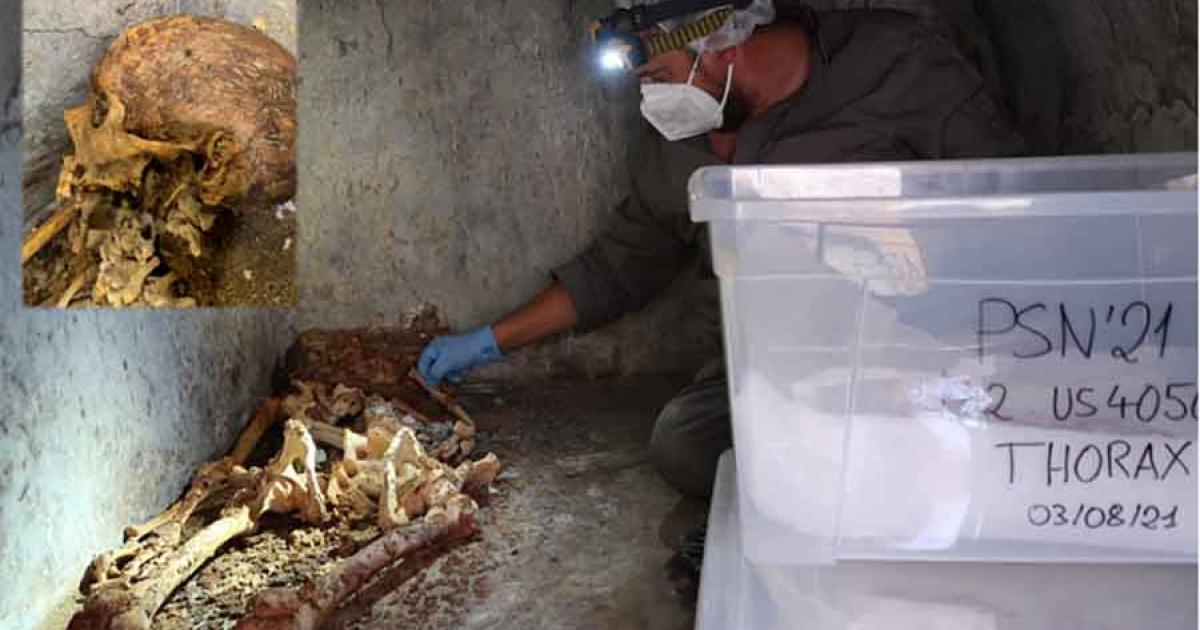
The mummified remains of a prominent man who was remembered for having commissioned artistic performances that were performed in Greek have been retrieved from a tomb in Pompeii. The burial is remarkable in several ways, not least for how well it helped preserve the man’s remains, which include hair and part of an ear.
Pompeii’s Latest Mummified Remains Tell Us More!
Although Pompeii is famous as a site frozen in time due to the volcanic eruption of nearby Vesuvius that occurred in 79 AD, a great deal of the organic matter was incinerated by the great heat of the lava that engulfed the city. After that all that was left were the bare bones of the victims and evidence of their ultimate flight and plight. One recently discovered victim’s remains included his brain, which was vitrified by the extreme heat.
However, this latest find, shared in a report by Pompeii Site press release, offers two new types of evidence to help describe life in this fascinating location. The tomb dates to the last decades leading up to the natural disaster that befell the area. It includes a commemorative inscription that describes elements of the man’s life. And remarkably, organic matter in the form of the man’s skin, hair and even an ear have survived the centuries.
Porta Sarno: The Necropolis of Pompeii
The remains were found in the Porta Sarno necropolis in the eastern section of the Pompeii complex, which is the location for the latest investigations of the world-famous Pompeii site. The excavations have been carried out by the Archaeological Park of Pompeii and the European University of Valencia.
The researchers are certain of who the male victim was due to the presence of the inscription on a marble plaque attached to the tomb façade. The inscription says his name was Marcus Venerius Secundio and mentions the Greek language performances he sponsored.
- An Elegant Shrine Rises From The Volcanic Ash Of Pompeii
- The Lupanare: Prostitution and Houses of Pleasure in Ancient Pompeii
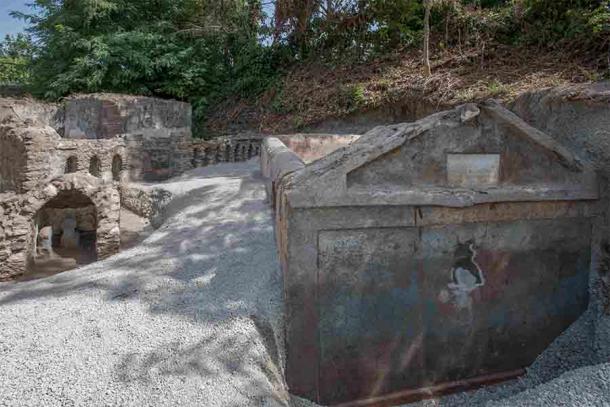
The tomb of Marcus Venerius Secundio discovered at Porta Sarno necropolis, Pompeii, with the memorial plaque visible. (Pompeii Sites)
This has provided the first direct evidence of the multicultural nature of Pompeiian society. Commenting in the Pompeii Sites release, Dario Franceschini, Italian Minister of Culture was delighted to reveal:
“Pompeii never ceases to amaze, and has confirmed her place in a story of redemption, as an international role model, and a place where research and new archaeological excavations are taking place once more, thanks to the many professionals in the field of cultural heritage, who with their work never cease to produce extraordinary results for the world which are a source of pride for Italy.”
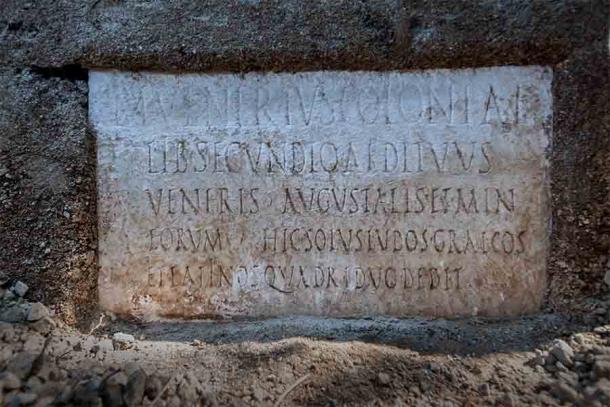
The plaque that reveals a multi-cultural city. (Pompeii Sites)
Marcus Venerius Secundio: From Slave to Status
Marcus Venerius Secundio was at one time a public slave and a custodian of the Temple of Venus. Having obtained his freedom from slavery, he reached a certain social and economic status, as is evidenced by the lavish tomb and in the inscription.
The epitaph notes that he joined the ranks of the Augustales, or the college of priests serving the Imperial Cult. It also states that the entombed (Marcus Venerius Secundio) “gave Greek and Latin ludi for the duration of four days.” Ludi were events consisting of games and theatrical performances put on for the entertainment of the Roman public. The fact that these were delivered in “Greek and Latin” is a very telling line for the investigators and has excited all those concerned.
“It is the first clear evidence of performances at Pompeii in the Greek language, which had previously been hypothesized on the basis of indirect indicators,” explained Director of the Archaeological Park of Pompeii, Gabriel Zuchtriegel. “Here we have another tessera of a large mosaic, namely the multi-ethnic Pompeii of the early Imperial Age, where Greek, the then lingua franca of the eastern Mediterranean, is indicated alongside Latin. That performances in Greek were organized is evidence of the lively and open cultural climate which characterized ancient Pompeii.”
This inscription has thus provided vital evidence to support a hypothesized view that life in the region was influenced by various cultures and that it was a very cosmopolitan period.
But according to the Pompeii Park statement that is not all the find has to offer. The mummified remains of Marcus Venerius Secundio are some of the best preserved remains ever found at Pompeii.
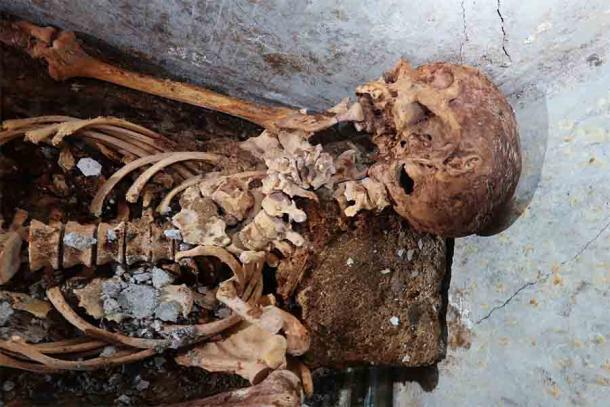
The 2000-year-old remains somehow became partly mummified, and left traces of hair and flesh on the skull. (Pompeii Sites)
Marcus Venerius Secundio’s Amazing Pompeii Remains
The deceased was buried in what amounted to a hermetically sealed room measuring 1.6 x 2.4 meters (5 ft by 7 ft), which was situated behind the main façade. This is not typical of funerary rites of the time, as adults were normally cremated and only young children were buried. But luckily for the investigators, it is this specific character of the burial that aided the preservation of the corpse.
Although far from fully intact, the extant skeleton and some organic matter revealed that man was around 60 years when he died.
Whether those in charge of the burial took extra measures in an attempt to preserve the corpse is as yet unknown. Professor Llorenç Alapont of the University of Valencia explained:
“We still need to understand whether the partial mummification of the deceased is due to intentional treatment or not. Analysis of the fabric could provide further information on this. From the sources we know that certain textiles such as asbestos were used in embalming. Even for those like me, who have been specialized in funerary archaeology for some time, the extraordinary wealth of information offered by this tomb, from the inscription to the burials, the osteological finds and the painted façade, is exceptional, which confirms the importance of adopting an interdisciplinary approach, such as that conducted by the University of Valencia and the Archaeological Park during this project.”
- Archaeologists Find Pompeii Victims Who Perished in a Shop
- Did Pliny Get It Wrong? Inscription Points to a Later Date for the Destruction of Pompeii
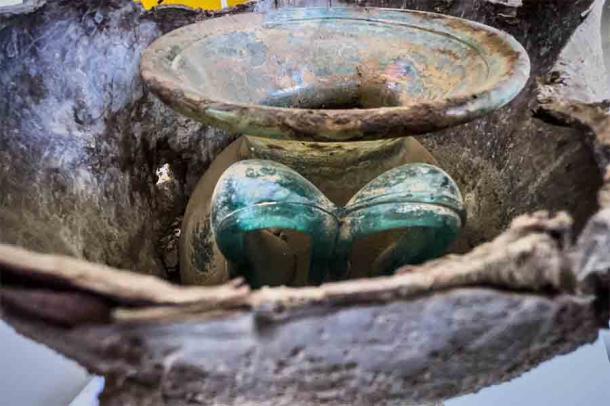
The funerary urn belonging to the lady called Novia Amabilis. (Pompeii Sites)
What’s more, in the same burial chamber two cinerary urns were found, evidence of other people in the tomb having been cremated. One of the urns, which held an elegant glass container, belonged to a woman called Novia Amabilis.
In addition, grave goods including two glass unguentaria and numerous fragments of what appears to be fabric have been found in the chamber.
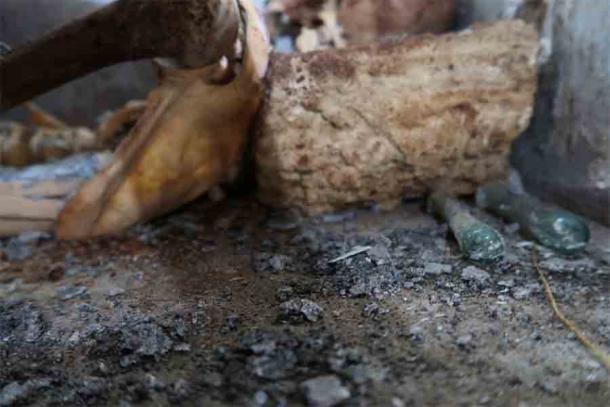
Two unguentaria or tear vessels found in the Pompeii burial chamber which are typical of Roman and Hellenistic burials. (Pompeii Sites)
The human and organic remains found in the funerary complex of Porta Sarno have been moved to the Laboratory of Applied Research at the site of Pompeii, where they have undergone analysis and conservation interventions. At the same time, the Archaeological Park has begun a series of stabilization interventions, aimed at ensuring the maintenance of the Porta Sarno necropolis.
The necropolis is currently not accessible to visitors since it is located beyond the Circumvesuviana railway line, but the park has launched a feasibility study with a view to including it in the area which is open to the public.
The excavation and recovery operations by the University of Valencia were coordinated by Prof. Llorenç Alapont of the Department of Prehistory and Archaeology, alongside archaeologist Luana Toniolo, restorer Teresa Argento, and anthropologist Valeria Amoretti of the Archaeological Park.
Top image: The partially mummified remains found in the tomb at the Porta Sarno necropolis, Pompeii. Source:Pompeii Sites
By Gary Manners



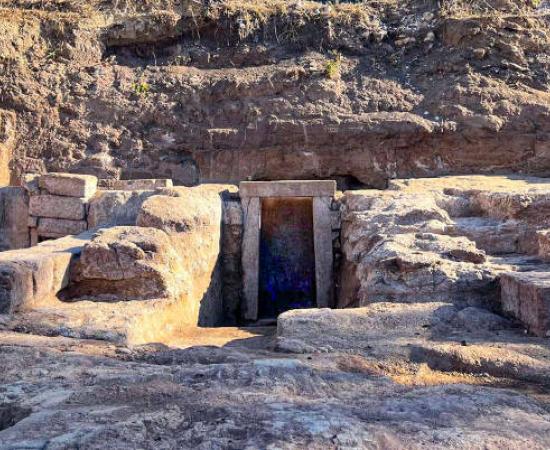
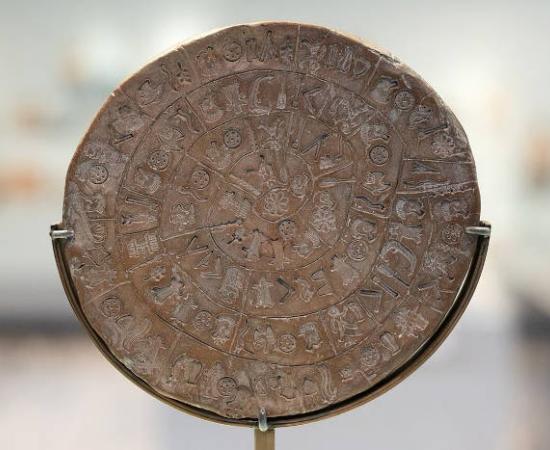
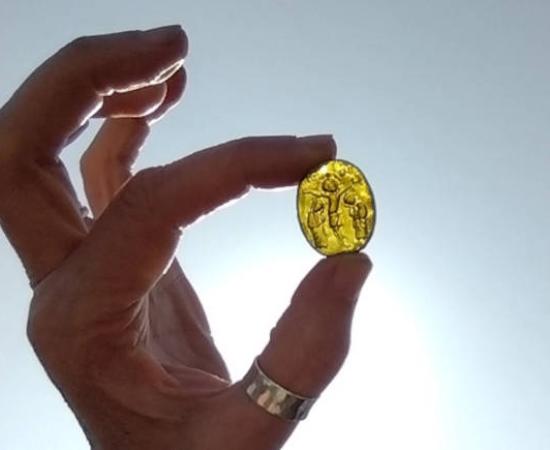

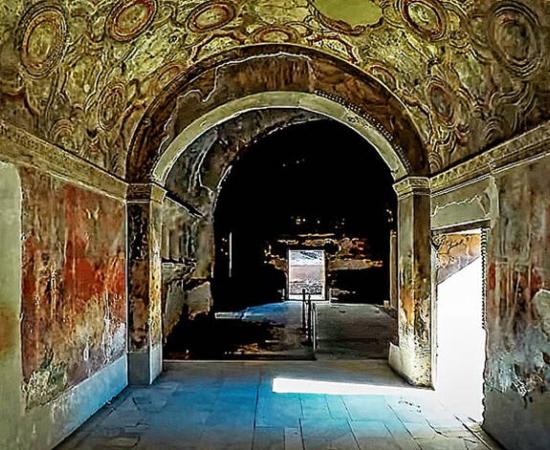
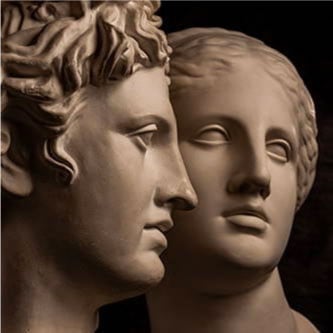
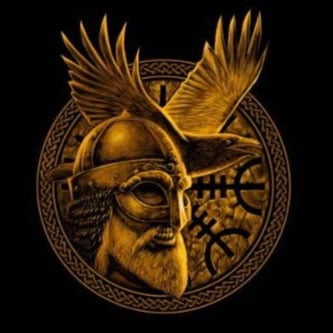
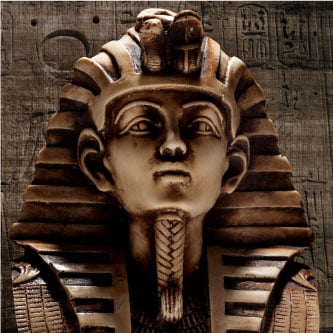






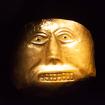
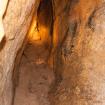
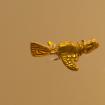


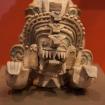


Pompeii makes you wonder.
Permalink
Pompeii makes you wonder. Looking at the history of the eruption, and how the lava would flow based on the lay of the land, coupled with Pliny’s somewhat casual account of it, and the odd plaster-like petrified bodies (if they are not entirely plaster - somebody should check, get a core sample), and now a mummy, you might go hmmmm. What we’re seeing, beyond any deception/foolery, is probably just more pre-Ice Age ruins, pre-Atlantis event, circa 115k BC, adding the zero back to Plato’s timeline. We can assume that the Atlantis event, which was global considering the ruins across the globe, would have created conditions perfect for mummifying bodies – sterile, radiated atmosphere, followed by nuclear winter. Of course this explain all the mummies, e.g., Egypt, China, etc., and clears up just about everything else.